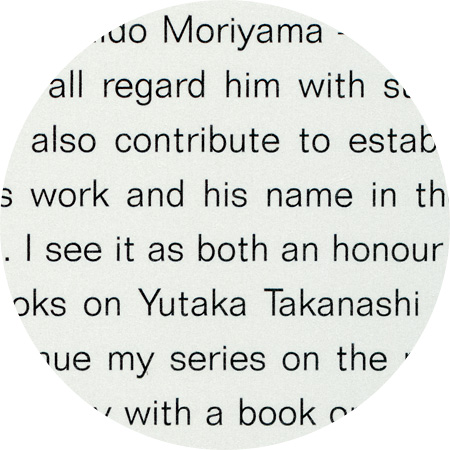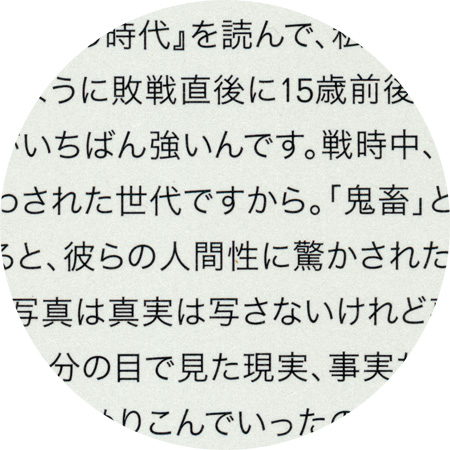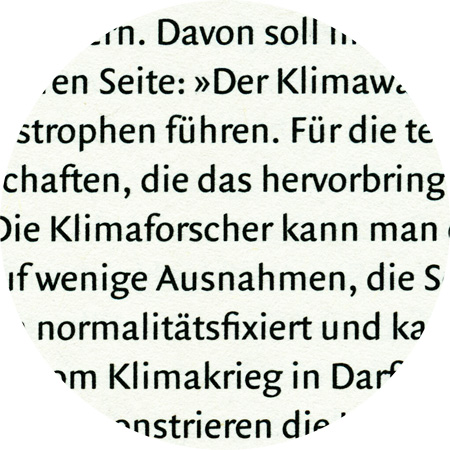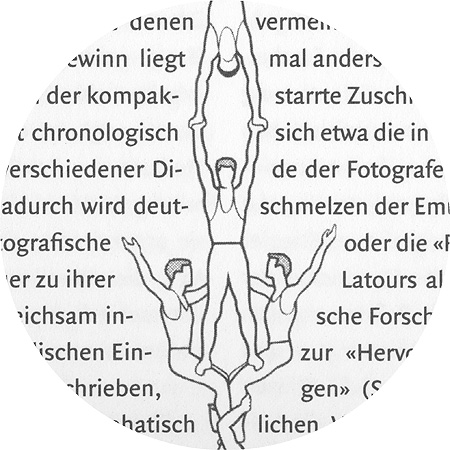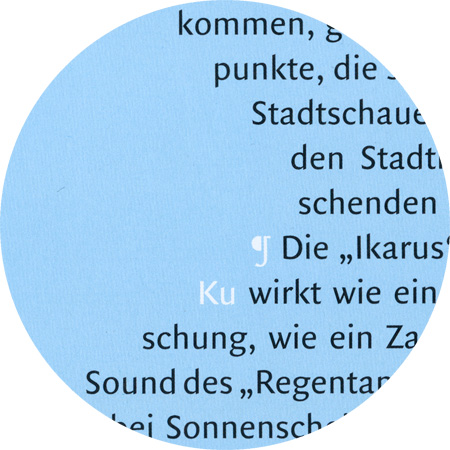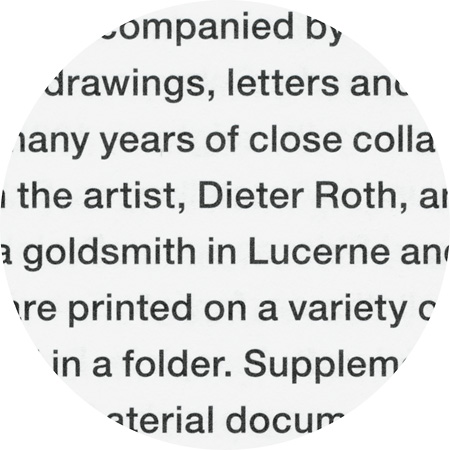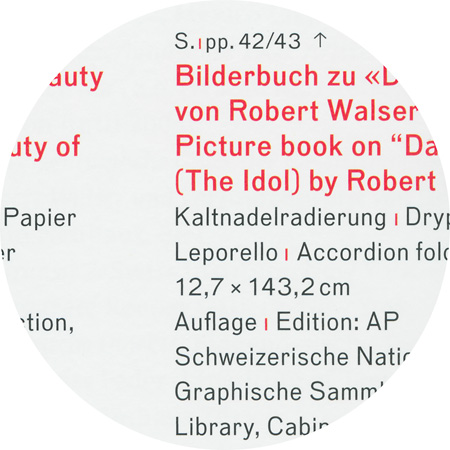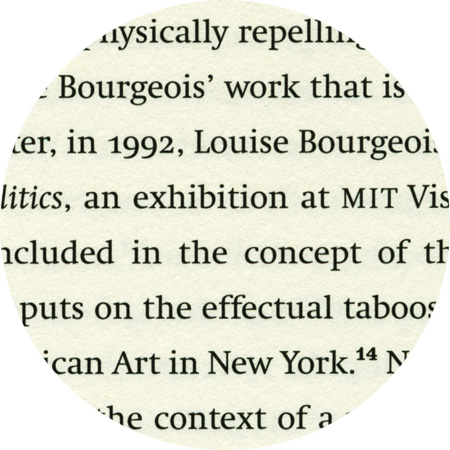November 10th, 2012
Folio
Folio is a realist sans-serif typeface designed by Konrad Bauer and Walter Baum in 1956. Like Helvetica and Univers, which were also released around that time, it is part of the International Typographic Style and modeled after Breite Grotesk from 1867.

